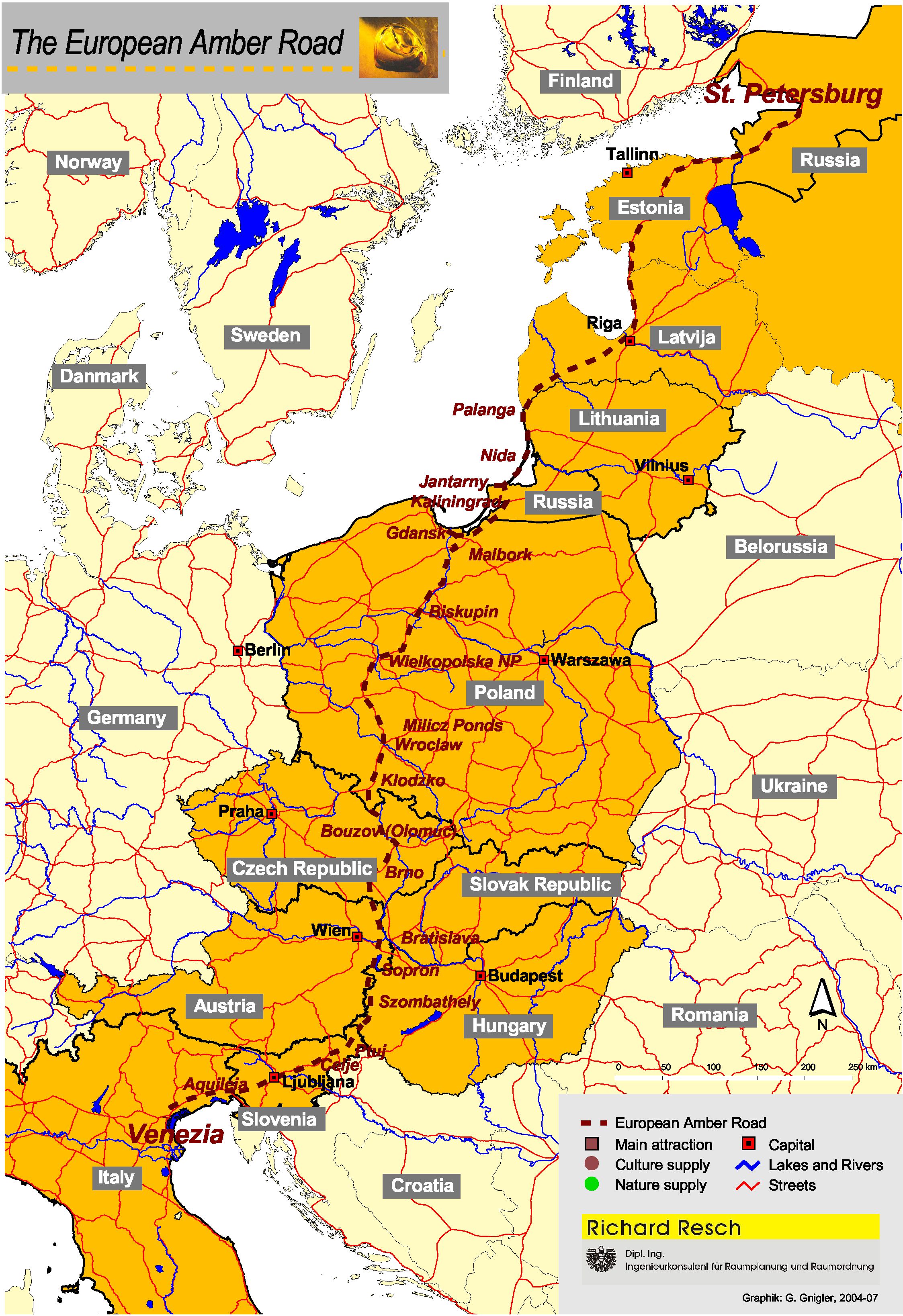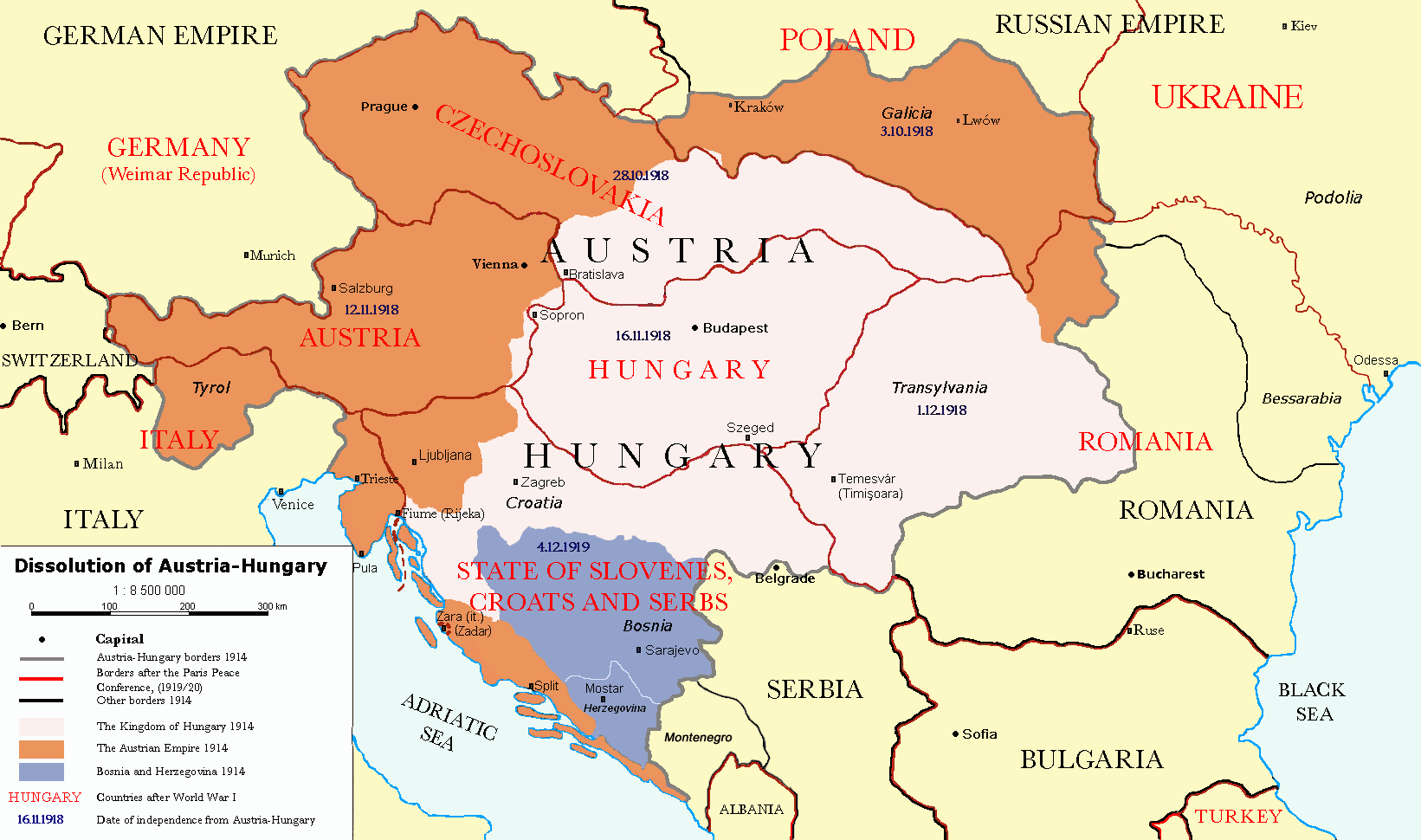Why Austria is Rich? It is a history that stretches back to pre-medieval times, to Hitler, to post-war reconstruction with the Marshall Plan.
Why Austria is Rich?

Book
Austria by Public Transport
Discover Austria like never before with “Austria by Public Transport.” This book is your ultimate guide to exploring the beauty of Austria easily and affordably. Get your copy today and start your adventure!
Why Austria is Rich? Austria’s wealth is a culmination of historical resilience and strategic economic decisions. Throughout its history, Austria has leveraged its central European location and natural resources to build a robust economy.

Photo by Fabian Lackner – Own work, CC BY-SA 3.0, Link
Austria is one of the wealthiest countries in the world. According to statistics, its GDP per capita ranks 13th in the world, ahead of countries such as Sweden, Germany, Canada, the United Kingdom and France. When adjusted for purchasing power parity (PPP), Austria ranks 16th in the world. In terms of salaries, Austria ranks 7th in the world, ahead of the Netherlands, Germany and Australia, after adjusting for the cost of living.
Vienna, with over 2 million inhabitants (less than 10 million in Austria as a whole), is one of the five richest regions in the European Union.
Ancient Times
In ancient and medieval times, Austria thrived on important trade routes such as the Amber Road and the salt trade routes, which contributed significantly to the region’s wealth. Early Roman and pre-Roman settlements, coupled with viticulture, further enriched the area. Salt was mined in Tyrol and near Salzburg, iron ore in Styria and even gold in the Alps.

By DI Richard Resch – http://de.wikipedia.org/wiki/Datei:Bernsteinstrasse.jpg, Copyrighted free use, Link
The Austro-Hungarian Empire
Historically, the collapse of the Habsburg dynasty after the First World War brought an end to centuries of Habsburg dominance. The first Austrian Republic, formed after the break-up of Austria-Hungary, faced economic challenges due to the loss of territories such as present-day Czechia. In the 1920s, with the support of the League of Nations, Austria implemented plans to rebuild its economy, successfully ending hyperinflation.

By Österreich-Ungarns_Ende.png: AlphaCentauri / derivative work: P. S. Burton (talk) – Österreich-Ungarns_Ende.png, CC BY-SA 3.0, Link
Anschluss
During this period, Austrians tried to assert their national identity as a relatively new state, distancing themselves from the Habsburg Empire, which had led them into economic and reputational crises after World War I. Some advocated joining Germany, a sentiment realised by Hitler during the Anschluss in 1938. Austrians initially welcomed Hitler not as an occupier but as a unifier with Germany, although there was some resistance due to fears of persecution.

Photo by Kramler – Own work, CC BY-SA 4.0, via Wikimedia Commons
The Second World War
From 1938, Austria’s economy was driven by the wartime activities of Nazi Germany. Hitler’s regime fuelled the economy through construction, arms production, enforced labour and looting. Several forced labour camps operated in Vienna, where prisoners were tasked with building infrastructure, including the city’s pavements.
Photo by Petr Vilgus – Own work, CC BY-SA 3.0, via Wikimedia Commons
Post-War
After the Second World War, Austria and Vienna were divided into occupation zones, similar to Germany and Berlin. Austria claimed to be a victim of Nazi tyranny and received aid from the Marshall Plan in the 1940s, which greatly boosted its economy. Austria received the highest per capita funding from the plan of any European country, due to its weak industrial base after the collapse of the Reich and the war reparations it had to pay to the Soviet Union.

Photo by Paasikivi, CC BY-SA 4.0, via Wikimedia Commons
Why Austria is Rich today?
Today, Austria benefits from a highly developed industrial sector and thriving tourism, which contribute to its continued prosperity.
Austria’s economy is diverse and dynamic, with a strong industrial base and a flourishing tourism sector. Austria is a stable, prosperous country, supported by several key factors.
Firstly, Austria has a highly developed industrial sector, known for precision engineering, automotive manufacturing, and high-tech innovations. Companies like BMW, Siemens, and Voestalpine have significant operations in Austria, contributing to its reputation for quality craftsmanship and technological advancement. Austria is a good place to do business in Europe. I

Photo by Andrew Nash from Vienna, Austria – Vienna aerial OMV refinery 2aug14 – 4, CC BY-SA 2.0, Link
Austria is a good place to visit. Tourism is a big business in Austria. It brings in lots of money and supports lots of other businesses. These include hotels, restaurants, cultural events and outdoor activities.
Photo by Reinhard Wolf, Talstraße 13, 63128 Dietzenbach. – Self-photographed, CC BY-SA 3.0, Link
Support
Hello, if you use our website regularly, please consider supporting us. This allows us to add high quality material.
Austria is also a leader in renewable energy. It has invested a lot in hydropower, wind energy and solar power. Its Green Economy initiatives focus on the environment while also promoting economic growth. This makes Austria a progressive and environmentally conscious country.
By Kaj Tallungs – Own work, CC BY-SA 4.0, Link
Austria invests in education and research to encourage innovation and entrepreneurship. The country has world-class universities and research institutions that work with industry to create new technology and jobs. Austria is at the forefront of the Fourth Industrial Revolution thanks to digitalisation and technological innovation.
By C.Stadler/Bwag – Own work, CC BY-SA 4.0, Link
Politically, Austria is stable and committed to social welfare, which contributes to a high standard of living and social cohesion. The country’s healthcare, public services and social safety nets ensure a high quality of life for its citizens.
In conclusion, Austria’s economy is doing well because it is resilient, innovative, and makes strategic investments. By using its industrial skills, being kind to the environment, making tourism work well, and spending money on education and research.





